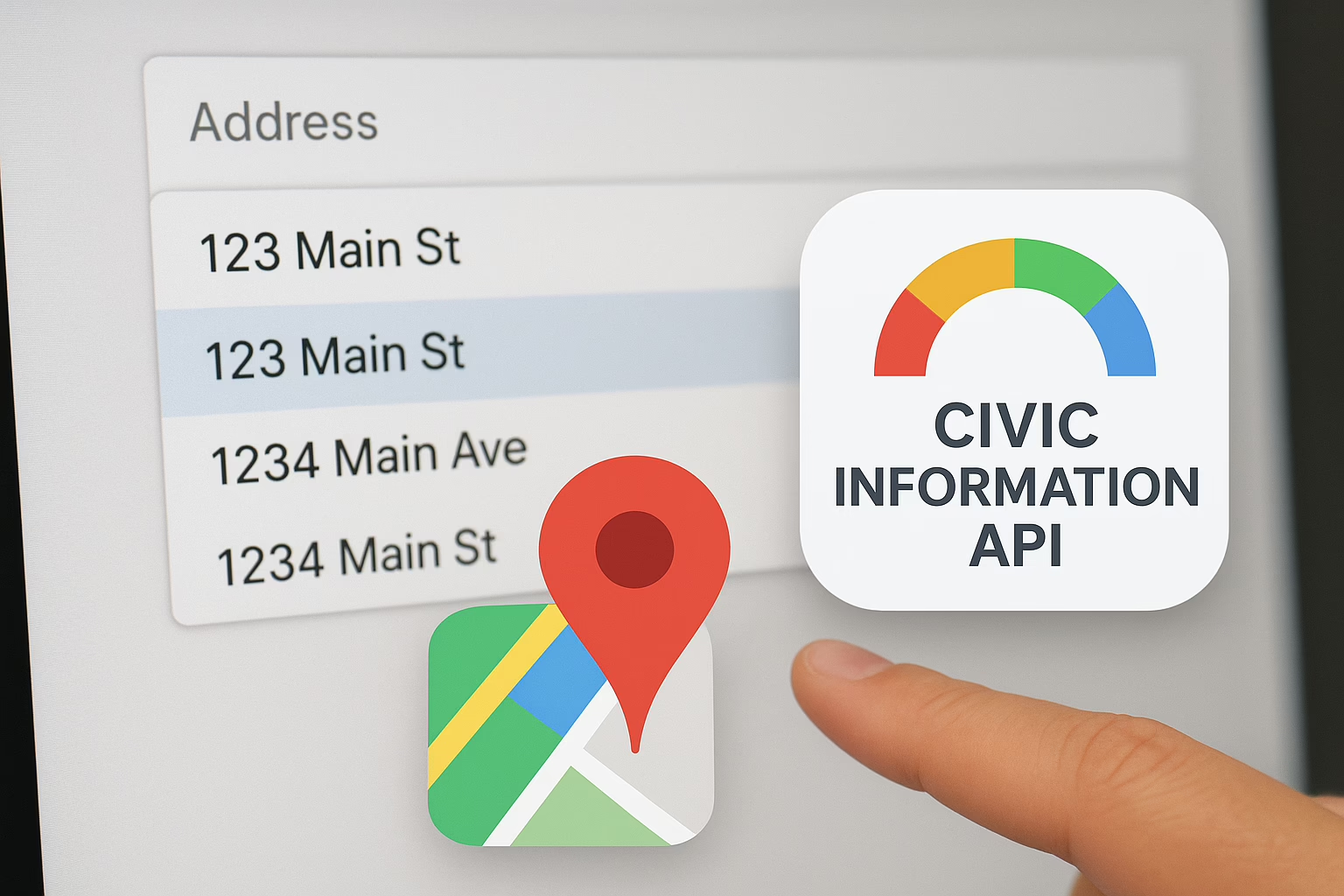Mobile app testing is the process of assuring that the mobile application has achieved the client’s requirements. Testing validates the quality, functionality, reliability, usability, performance, security, and compatibility across various devices and platforms. It entails methodically testing various software features. It helps to find bugs, mistakes, usability concerns, and other potential issues that might harm the user experience. Mobile app testing done at different levels of the development cycle, from the initial stage of development to the final launch and throughout the maintenance time period. This repeated testing ensures that the app meets the requirements, and provides a seamless experience to the user. Thus by conducting mobile app testing, developers and the QA team can pick out the errors and issues faced by the app. Which helps to fix it at earliest and make an app with high quality and user experience.
Below gives the primary objective of mobile app testing:
- Early bug detection and cost savings.
- Ensure the functionalities are met.
- Improve user performance.
- Increase usability and compatibility.
- Enhancing app security and data protection.
- Verifying App Store Guidelines.
- Positive brand image and user trust.
- Continuous improvement
Mobile app testing is an ongoing procedure. It is vital to learn from every testing step in order to improve your app. Communicate with the development team and stakeholders on a regular basis to prioritize and handle essential concerns.
Mobile app testing strategies and considerations to follow:
- Define testing goals: While testing considers the important functionalities, user flow, and device/platform. Clearly define the aim and objective of the app.
- Early and continuous testing: During the development cycle, test the app as early as possible. It helps to identify and fix the issues promptly. Continuous testing of the app should go on during the development phase. Continuous testing also ensures the quality of the app.
- Real device test and platform-specific considerations: Test your app on a variety of actual devices with different screen sizes, resolutions, and OS (iOS, Android, etc.). Use cloud-based testing solutions that offer access to a wide range of devices. To verify compliance and enhance the user experience on each platform, test the app against the rules.
- Different kinds of testing: Functional, Performance, Usability, Compatibility, Security, Localization and Internationalization, and Beta testing are basic testing done to ensure the quality of the mobile app.
- App Store Guidelines: Learn about the rules and regulations of the app stores where you intend to launch your app. To verify compliance, test your app against these requirements.
- Crash Reporting and Analytics: Use analytics and crash reporting tools to track your app’s performance in the real world.
- Documentation and Bug Tracking: Keep thorough records of the testing procedures, test cases, and defect reports. To properly log and track bugs, use a bug-tracking system.
Types of mobile testing conducted to ensure that the app has achieved the user requirements are:
- Functional Testing: Functional testing ensures that the app functions perfectly as required by the client. It also ensures the app performs all its tasks correctly. It also varifies different app functionalities, user experience, data manipulations, integration with other systems, etc.
- Usability Testing: Usability testing varifies the user interaction and user experience well enough to satisfy the client. Navigation, layout, and overall user satisfaction are all tested in this type of testing.
- Performance Testing: Responsiveness, stability, speed, and resource usage of the app under different circumstances are verified.
- Compatibility Testing: This type of testing ensures that the app works perfectly across different devices, operating systems, and screen sizes.
- Security Testing: Vulnerabilities and weaknesses of the app are tested during security checks. During this testing concepts considered are Data encryption, authentication mechanisms, secure data storage, and protection against common security threats like cross-site scripting (XSS) and SQL injection.
- Localization Testing: Depending on the language, region, and cultural preferences the app correctly translates and adapts to the situations are testing in this type of testing.
- Interrupt Testing: This kind of testing verifies how the app will be behaving under different interruptions like incoming calls, text messages, battery warnings, changes in network connections, or switching between apps.
- Accessibility Testing: The ease with which a person with disabilities accesses the app tested in accessibility testing. It ensures the app fulfills all the compliance and accessibility standards.
- Installation and Update Testing: Installation and update processes of the app tested in this type of testing. Testing ensures that the app installation, uninstallation, and updation occur without any errors.
- Cross-Device Testing: Testing the app across different devices to ensure that the app does not face any compatibility issues.
- Regression Testing: When the app is updated or any bug fix is done, regression testing is done. Which ensures that no new errors have developed in the app.
- Ad Hoc Testing: The tester tests the app in an uninterrupted manner to identify any existing errors or any other issues.







